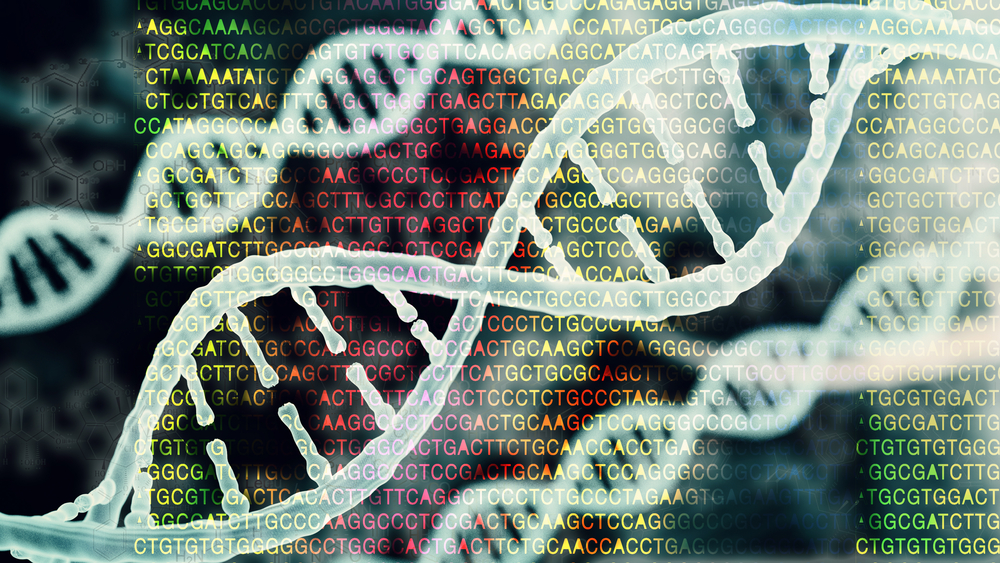Epigenetic Changes May Boost PAH Development, Study Reports

Changes in the epigenetic profile — a collection of marks that turn genes on and off — of pulmonary arterial endothelial cells from people with pulmonary arterial hypertension (PAH) may contribute to disease development, a study suggests.
The study, “Remodeling of active endothelial enhancers is associated with aberrant gene-regulatory networks in pulmonary arterial hypertension,” was published in the journal Nature Communications.
PAH is considered a multifactorial disease, meaning its cause is not only associated with genetic DNA variations but also with environmental cues that influence the cells’ epigenetic profile, which are external modifications to DNA that act as switches to turn genes on and off without changing the actual DNA sequence.
In fact, most cases of idiopathic PAH (IPAH) are not linked to a genetic mutation. Reports suggest that only about 15% of PAH patients have familial IPAH, and of those, 70% carry a mutation in the BMPR2 gene.
“Most PAH cases aren’t caused by any known mutation, and there was a hypothesis that the disease is caused by epigenetic changes,” Judith Zaugg, a group leader at EMBL in Germany and the study’s co-senior author, said in an EMBL news story.
To study how epigenetic alterations affected the course of PAH, researchers analyzed the epigenetic profile of pulmonary arterial endothelial cells (PAECs) from PAH patients and how it differed from that of healthy cells. PAECs compose the lining of lung blood vessels and play an important role in PAH.
The team collected PAECs from the lungs of 19 patients with IPAH and hereditary PAH who had received a transplant, as well as from healthy donor lungs.
Epigenetic analysis revealed that genomic regions called enhancers were completely remodeled in PAECs from PAH patients compared with healthy controls. A total of 11,701 sites (loci) were found to carry different epigenetic marks. But the level of gene activity — called gene expression — remained unchanged.
“The surprising thing was that we were expecting strong differences in the gene expression levels, but couldn’t find anything. Usually, in these types of disease studies, the differences in gene expression are huge,” said Armando Reyes Palomares, the study’s first author.
Enhancers are regulatory DNA sequences found in a region of the genome that do not provide instructions for making proteins but work as switches that regulate gene expression. By matching enhancers to genes, the researchers found that modified enhancers were strongly associated with the proliferation and migration of endothelial cells.
Next, the team investigated whether transcription factors (TFs), proteins that also regulate gene expression, were involved in these differences between PAH and healthy cells. They found that 318 TFs acted differently between diseased and healthy cells.
To better understand how these TFs were influencing genes in PAH, the researchers developed a computational model called cell-type specific gene regulatory network. The analysis revealed that 1,880 genes regulated by TFs acted in different ways in PAH compared with controls.
“The results are disappointing as far as finding potential drug targets is concerned,” Zaugg said. “It seems that, in PAH patients, the cell is in a completely different state. It’s not just one single switch that you can turn back.”
Nonetheless, the findings contribute to a better understanding of the mechanisms associated with PAH. “It shows that there is much more information to be found in the chromatin [epigenetic] states of a cell, rather than only looking at gene expression levels,” Zaugg said.
The team believes that epigenetic changes may prime endothelial cells “to respond in an aberrant way in PAH patients, which could then lead to abnormal growth or differentiation” and the obstruction of arteries.
This new method of analysis will also help to find new links between epigenetic alterations and molecular mechanisms in diseases, they said.
“We present a powerful framework for integrating multiple omics data in enhancer-mediated gene networks that allow the identification of genes driving disease-specific pathways and give insights to disease mechanisms,” they concluded.







